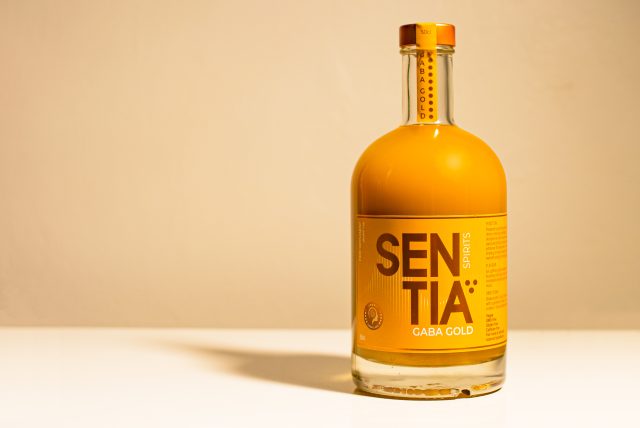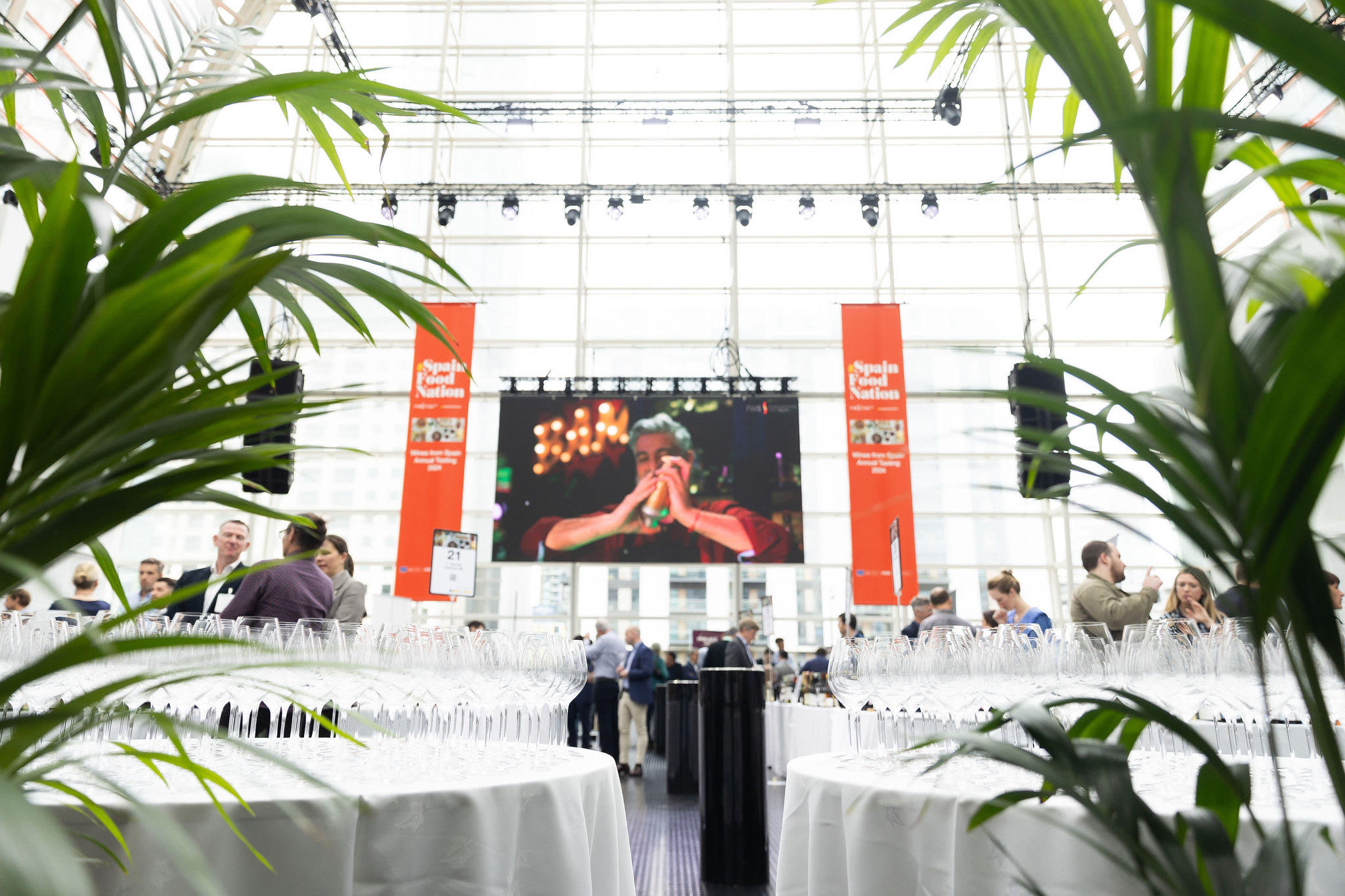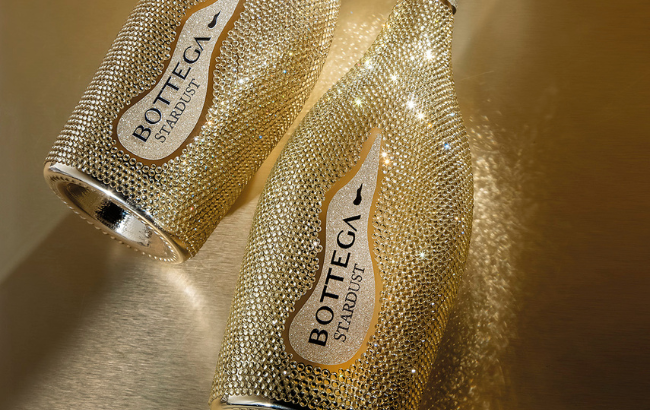Meet The Maker: Professor David Nutt, SENTIA
By Douglas BlydeDouglas Blyde speaks with the founder of SENTIA about how this new category of beverage aims to deliver relaxation, supposedly without the adverse effects of alcohol.

What does ‘SENTIA’ mean?
It is a Latinate word popularised during the Scientific Revolution and Enlightenment, which evolved into today’s “sensory” and “sentient”.
What does the SENTIA collection comprise, and how should we enjoy them?
SENTIA Spirits are meant for mixing. GABA Red works as a hot toddy, while GABA Black is great in an espresso martini or Cuba libre. And the new GABA Gold works well with tonic and lime.
How does your psychopharmacology background influence your work?
I’ve spent over 40 years studying the GABA system, being the part of the brain responsible for reducing anxiety. Since alcohol is such a big part of human culture, I became interested in how it impacts the GABA system. Learning about alcohol’s harmful effects made me wonder if we could recreate its positive effects. SENTIA avoids alcohol’s impact on other brain systems like dopamine, serotonin, and endorphins, which lead to many of its negative effects. Additionally, SENTIA Spirits aren’t metabolised into harmful chemicals, which contribute to long-term health risks even from moderate drinking.
What are the benefits of drinking SENTIA?
Depending on the variant, you can expect an increased focus and a boost in sociability.
Can you drive after drinking SENTIA?
While SENTIA Spirits don’t impair executive function, the relaxation effect can be stronger for some. We recommend waiting 45 minutes after drinking before driving, therefore, until the effects wear off – always use your best judgement.
How do you justify the price of SENTIA?
While alcohol can be cheap to mass produce, making a bottle of SENTIA is a complex process, costing as much as creating a premium alcoholic spirit. We use high-quality, functional, GMO-free botanicals sourced from fair-trade suppliers worldwide, including ashwagandha and passionflower in GABA Red, ginseng and ginkgo in GABA Black, and hops and Schisandra in GABA Gold.
What sets SENTIA apart from other non-alcoholic drinks designed for adults?
Most non-alcoholic drinks are made to mimic the flavours of popular beers, wines, and spirits. SENTIA goes further by offering functional and wellness benefits. We focus on GABA-enhancing botanicals, which are tricky to work with due to their strong, often bitter flavours. The bigger challenge was finding a way to boost GABA in the brain, as GABA itself can’t cross the blood-brain barrier. Instead, SENTIA uses ingredients which help other compounds pass through the barrier and naturally enhance the brain’s own GABA. It’s a complex process which we’re proud to have figured out.
Partner Content
Who is your target consumer?
Health-conscious adults, whether they drink alcohol and want an alternative, or have never touched it but want a functional drink to enhance their social moments. Many customers even incorporate our products into their daily routines, beyond just as an alcohol alternative.
How did the design of the packaging come about?
The three dots in SENTIA’s logo represent the “third option”- neither alcohol, nor non-alcohol, but a new generation of GABA drinks. They also symbolise people coming together, reflecting the sociability at SENTIA’s core.

Who else is involved in SENTIA?
SENTIA is fully owned by GABA Labs, though we’re now exploring investment opportunities with potential distribution and collaboration partners. I am joined by Vanessa Jacoby, head of liquid development, who crafts the sensory experience by blending natural botanicals to enhance GABA’s effects.
Which hospitality venues have been supportive of SENTIA?
We mainly operate direct to consumers, though venues where the landlord, or mixologist, is “sober curious” have been especially supportive. Partners include LoveShack in Cambridge Heath and Peckham’s Ganapati Kitchen.
What is the significance of the 25-year roadmap for the future of alcohol which you worked on during your time with the UK Advisory Council on the Misuse of Drugs?
Our expert panel concluded that it’s impossible to reverse all of alcohol’s harmful effects on the body. The best solution would be to replace alcohol with something safer, keeping the positive effects while removing the negatives. I identified the GABA system as the key to achieving this.
What is your long-term vision?
To offer greater choice for adult consumers by providing functional alternatives to alcohol – not to stop people from drinking. Most low-and-no alcohol drinkers are cutting down rather than quitting, and we recognise alcohol’s significant costs to health and productivity. We envision a future where every pub, bar, and nightclub offers functional alternatives alongside traditional drinks like Heineken or Pinot Noir. We also hope for legislation requiring venues to provide no, low, and functional options, making safer alternatives accessible to everyone.
Finally, who would you raise a glass of SENTIA to?
I’d raise a glass to the late Jimmy Mitchell, my tutor at Cambridge, who first discovered the role of GABA in the brain.
Related news
EU paves the way for non-alcoholic organic wine
Constellation invests in ‘functional’ adaptogenic drink Hiyo




